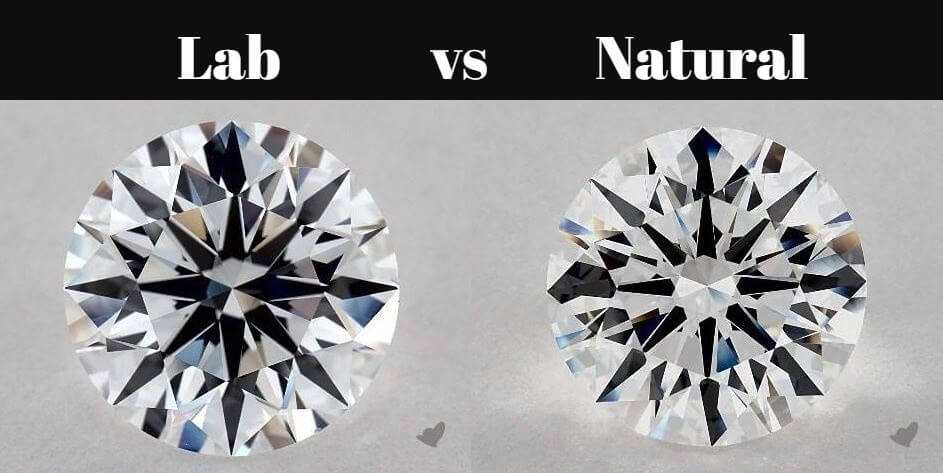Formation Process:
Natural Diamonds: These are formed over billions of years under intense heat and pressure deep within the Earth’s mantle. They are brought to the surface through volcanic eruptions. Because of this long and complex natural process, they are relatively rare. For engagement rings natural diamonds are unique and have traditionally been the standard.
Lab-Grown Diamonds: These are created in laboratories using two main processes:
- High Pressure, High Temperature (HPHT): Mimics the natural conditions in which diamonds form by applying extreme heat and pressure to carbon.
- Chemical Vapor Deposition (CVD): Uses a carbon-rich gas that is broken down, allowing carbon atoms to crystallize on a diamond seed. Both methods produce diamonds that are chemically and optically identical to natural diamonds.
Certification:
Both lab-grown and natural diamonds can be certified by well-known institutions like the Gemological Institute of America (GIA) or the International Gemological Institute (IGI). The certificates provide information on the diamond’s 4Cs and origin (lab-grown vs. natural).
Resale Value:
Natural Diamonds: Traditionally, natural diamonds have retained some resale value, though it can vary widely depending on market conditions and the specifics of the diamond.
Lab-Grown Diamonds: Their resale value tends to be lower, as they are easier to produce and there is less scarcity attached to them. Engagement rings with lab-created diamonds are trendy popular today
Lab-grown diamonds are generally 30% to 50% cheaper than natural diamonds of similar size, quality, and appearance. The price difference arises from several factors:
Natural diamonds are rare and take millions of years to form, making them more expensive due to their scarcity. Lab-grown diamonds can be produced in a shorter time, which increases their supply.
Mining natural diamonds is labor-intensive and involves higher operational costs, whereas lab-grown diamonds are created in controlled environments, reducing overall expenses.
Many people still view natural diamonds as more “authentic” or valuable due to their origin and the historical significance attached to them, which maintains a price premium for natural stones.



